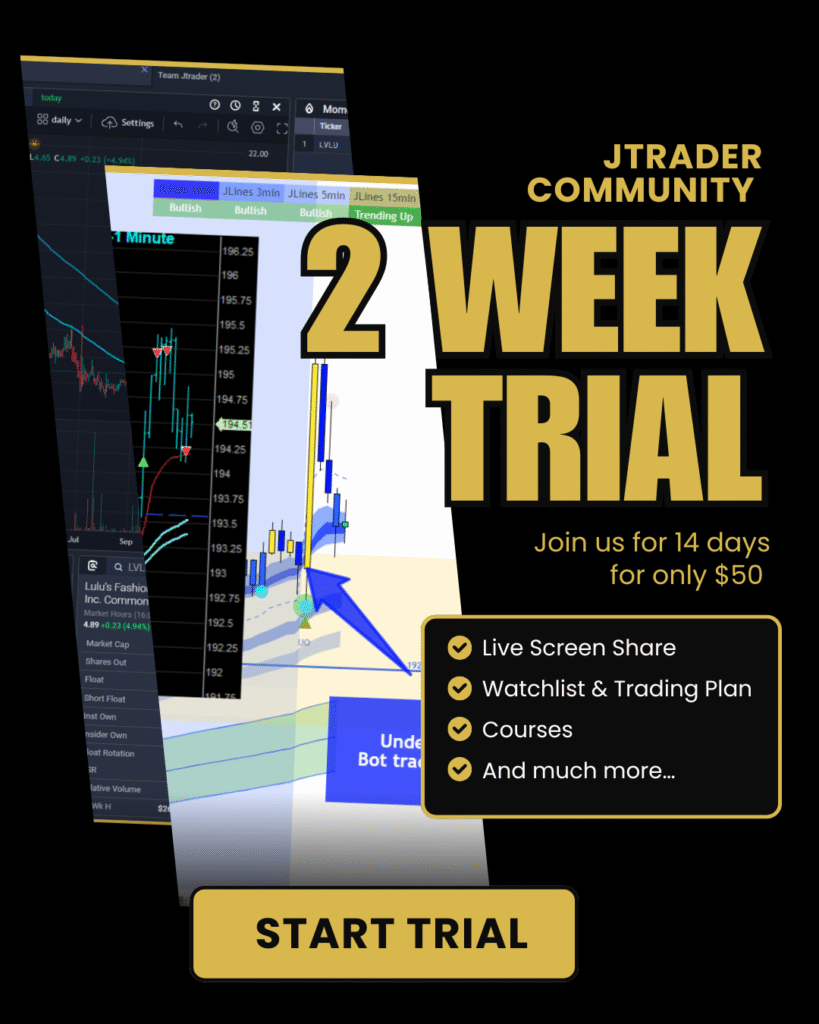Pre-market trading refers to the buying and selling of stocks before the official opening of the stock market at 9:30 AM EST. This period can stretch from as early as 4:00 AM EST in some markets, providing early birds with the chance to capitalize on overnight news and events that could affect stock prices.
Why Trade in the Pre-Market?
- React to News: Companies often release news and earnings reports before the market opens. Trading pre-market allows investors to react before the general market does.
- Global Market Influence: Events in other countries can have a significant impact on U.S. markets. Pre-market trading enables investors to respond to these global events.
- Opportunities for Gains: Price movements can be more volatile in the pre-market, offering potential for significant gains.
Guidelines and Rules
Trading in the pre-market is governed by different rules compared to regular hours:
- Limited Liquidity: Fewer participants result in lower liquidity, leading to larger spreads between bid and ask prices.
- Volatility: Prices can fluctuate more widely due to the thin volume.
- Access: Not all brokerage firms allow pre-market trading, and those that do may offer limited hours.
Understanding Volume and Statistics
Volume during the pre-market is typically lower than during regular hours. This can lead to increased volatility, as orders can have a disproportionate impact on stock prices. It’s crucial to monitor volume alongside price to gauge the strength of a pre-market move.
Possible Strategies
- Gap Trading: Buying or selling stocks based on their gap up or down in pre-market in anticipation of the market’s opening direction.
- Momentum Trading: Identifying stocks with significant pre-market movements to buy or sell, betting the trend will continue after the market opens.
- Earnings Reports: Trading based on companies’ earnings reports released before the market opens, predicting how the market will react.
Small Cap Opportunities
Small-cap stocks can be particularly attractive in pre-market trading. They are often more volatile and can present significant opportunities for gains based on news, analyst upgrades/downgrades, or overall market trends. However, the risks are also higher, requiring careful analysis and a well-thought-out strategy.
- Research is Key: Due diligence on small-cap stocks is crucial since they can be more susceptible to market rumors and manipulation.
- Set Limit Orders: To manage risk, consider using limit orders that specify the maximum price you’re willing to pay or the minimum price you’re willing to accept.
Conclusion
Pre-market trading offers a unique set of opportunities and challenges. With the right strategies and a careful approach, traders can take advantage of price movements before the regular market hours. However, the increased volatility and lower liquidity require a good understanding of the market and disciplined risk management. Whether you’re looking to capitalize on earnings reports, react to overnight news, or explore small-cap stocks, pre-market trading can be a valuable tool in your investing arsenal.
Disclaimer: these articles are for educational purposes only. Market analysis, prices, news, trade ideas, or any other information within this site or the chatroom is not investment advice.[/vc_column_text]


